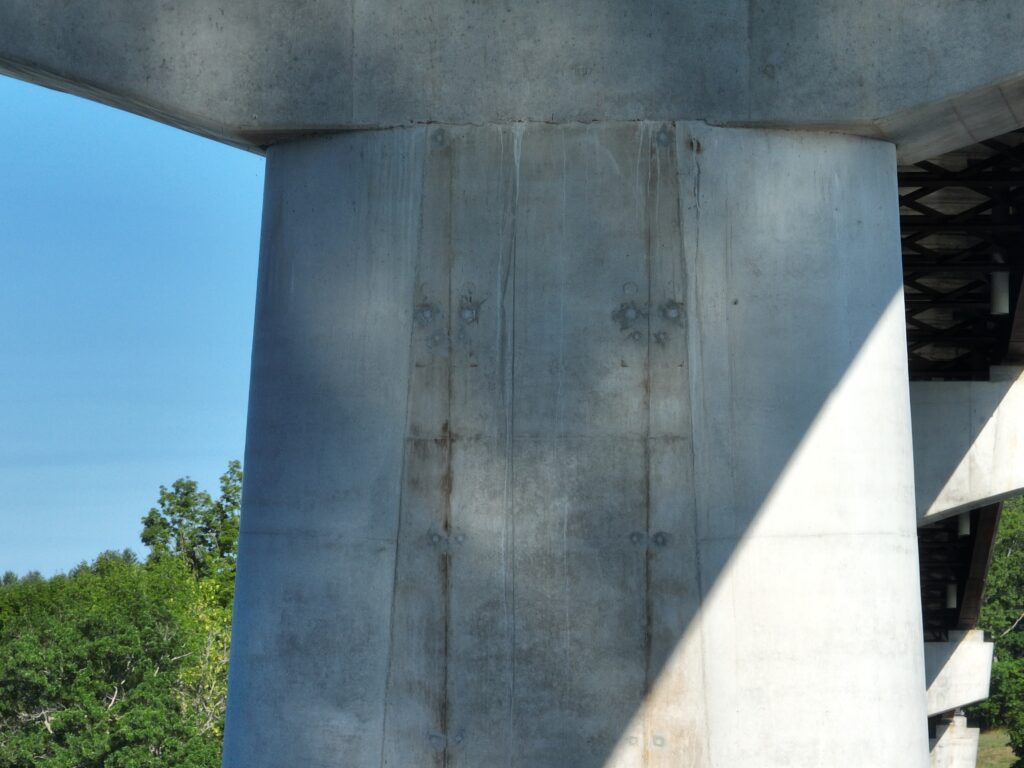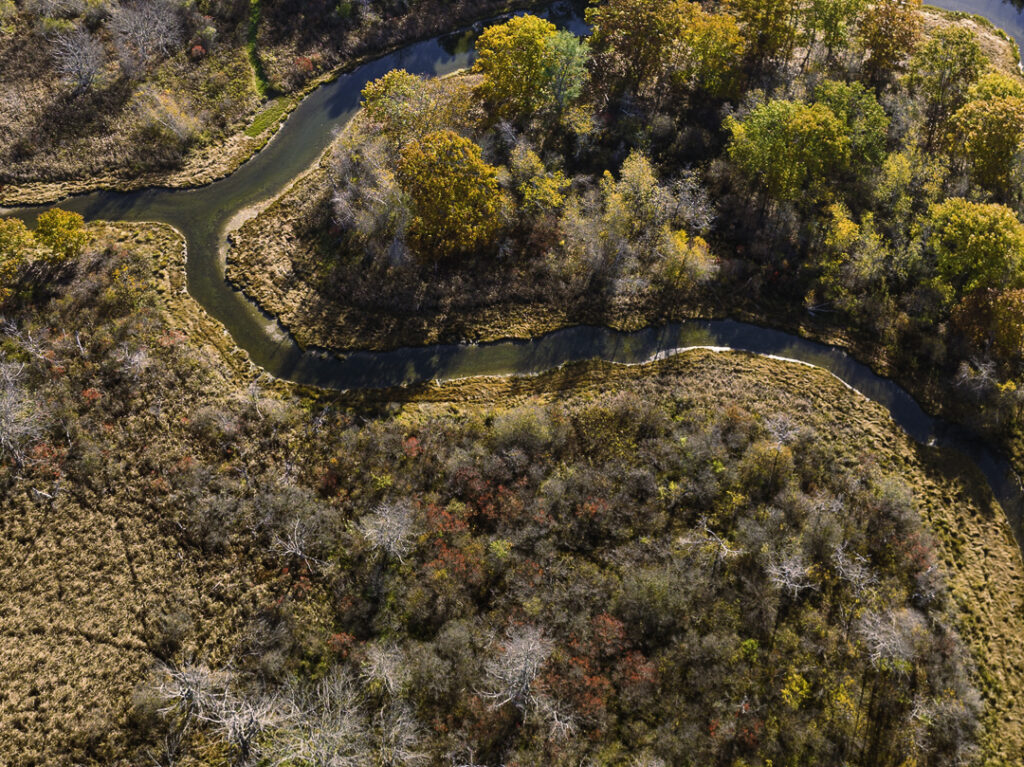Harnessing Drones: Revolutionizing Disaster Management

Blue Skies Assessment
This is a realatively new thought concept in disaster management. The idea is to create an assement of infrastructure prior to the event happening in (Blue sky) conditions so that you can have the most updated information and have it on file.Harenssing drones prior to the event you can be ahead of the game.Though it can be difficult to know what your needs will be. It wouls be best to work with your local emergency management agency to develope a list of priorties.
Swift and Comprehensive Damage Assessment
Drones equipped with advanced imaging technologies, including high-resolution cameras, LiDAR (Light Detection and Ranging), and multispectral sensors, play a pivotal role in conducting rapid damage assessments. These aerial devices swiftly capture detailed imagery and data of affected areas, facilitating a comprehensive analysis of infrastructure damage, impacted regions, and potential hazards. This data, processed using sophisticated software, enables emergency responders to swiftly formulate response plans and allocate resources efficiently.
Precision in Search and Rescue Operations

The agility and versatility of drones make them indispensable in search and rescue missions, particularly in challenging terrains or disaster-stricken zones. Equipped with thermal imaging, LiDAR, and AI-powered object recognition, drones can detect signs of life, locate survivors in inaccessible areas, and provide precise coordinates to rescue teams. This swift and accurate information significantly expedites rescue operations, saving crucial time and increasing the likelihood of successful outcomes.
Establishing Communication Networks
Efficient Delivery of Aid and Supplies
Continuous Monitoring and Surveillance
Environmental Impact Assessment
Addressing Challenges and Considerations
Despite their immense potential, the use of drones in disaster management is not without challenges. Regulatory frameworks, privacy concerns, airspace regulations, and technological limitations pose hurdles that need addressing to ensure safe and ethical drone deployment during crisis situations.